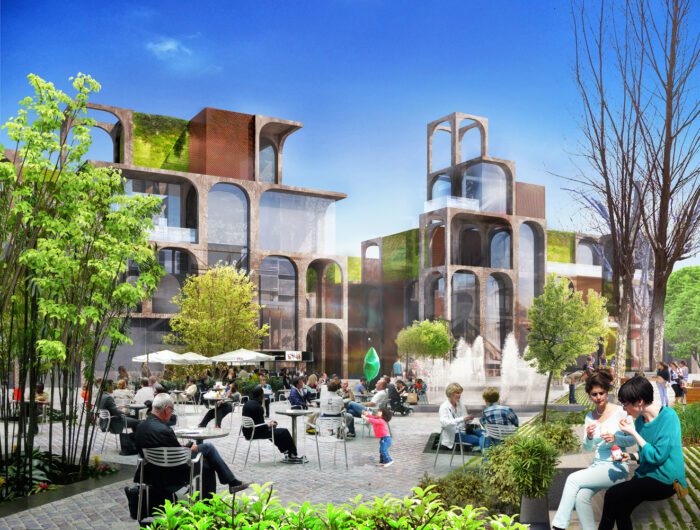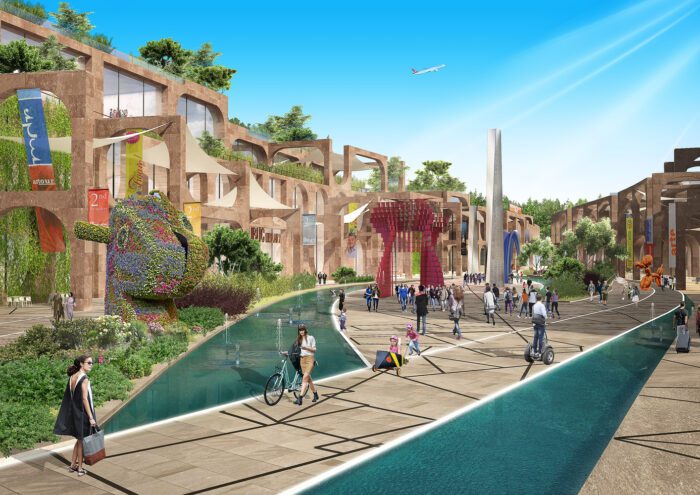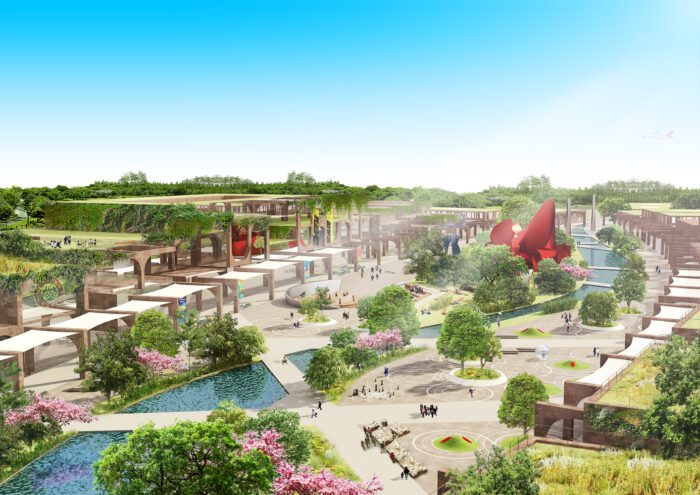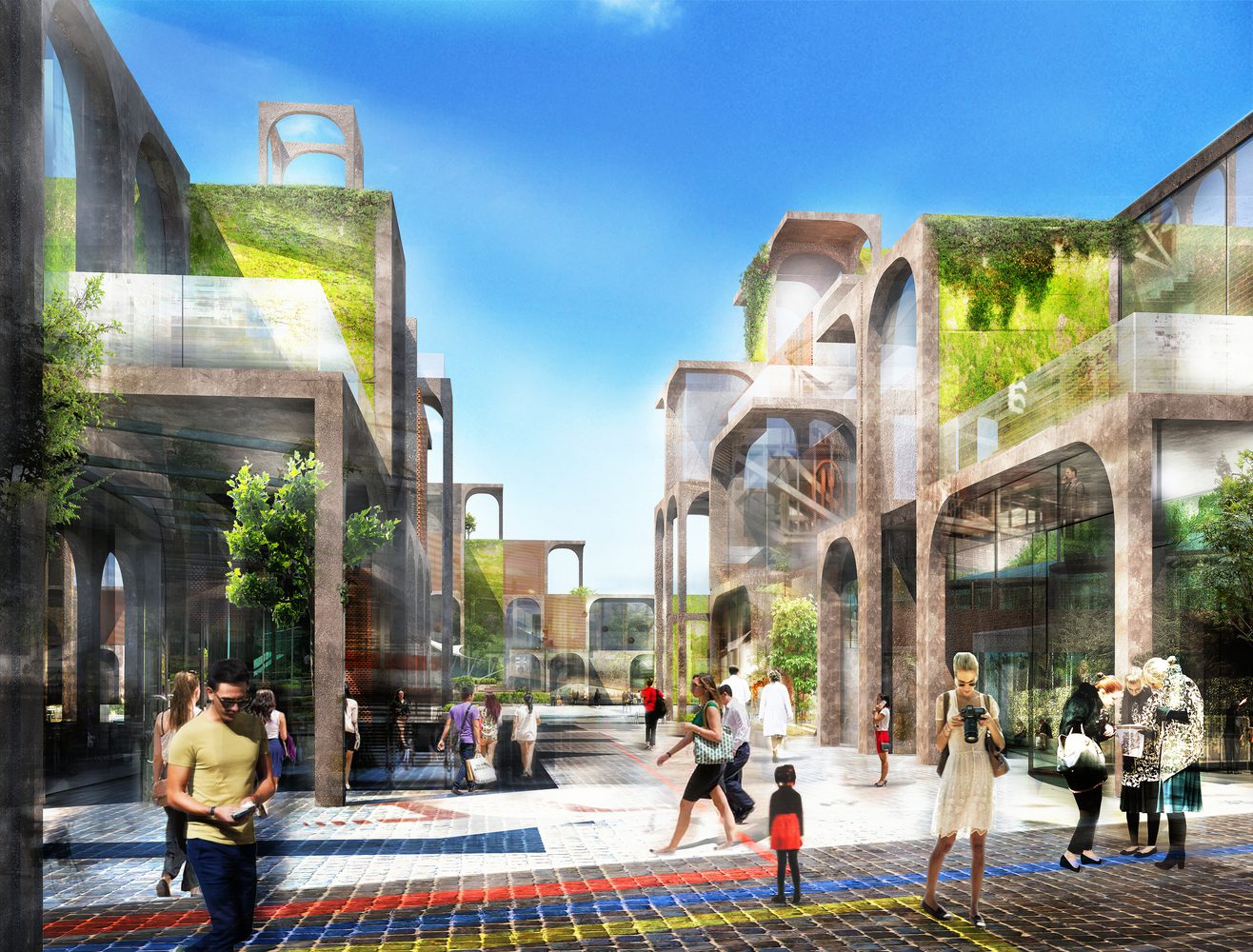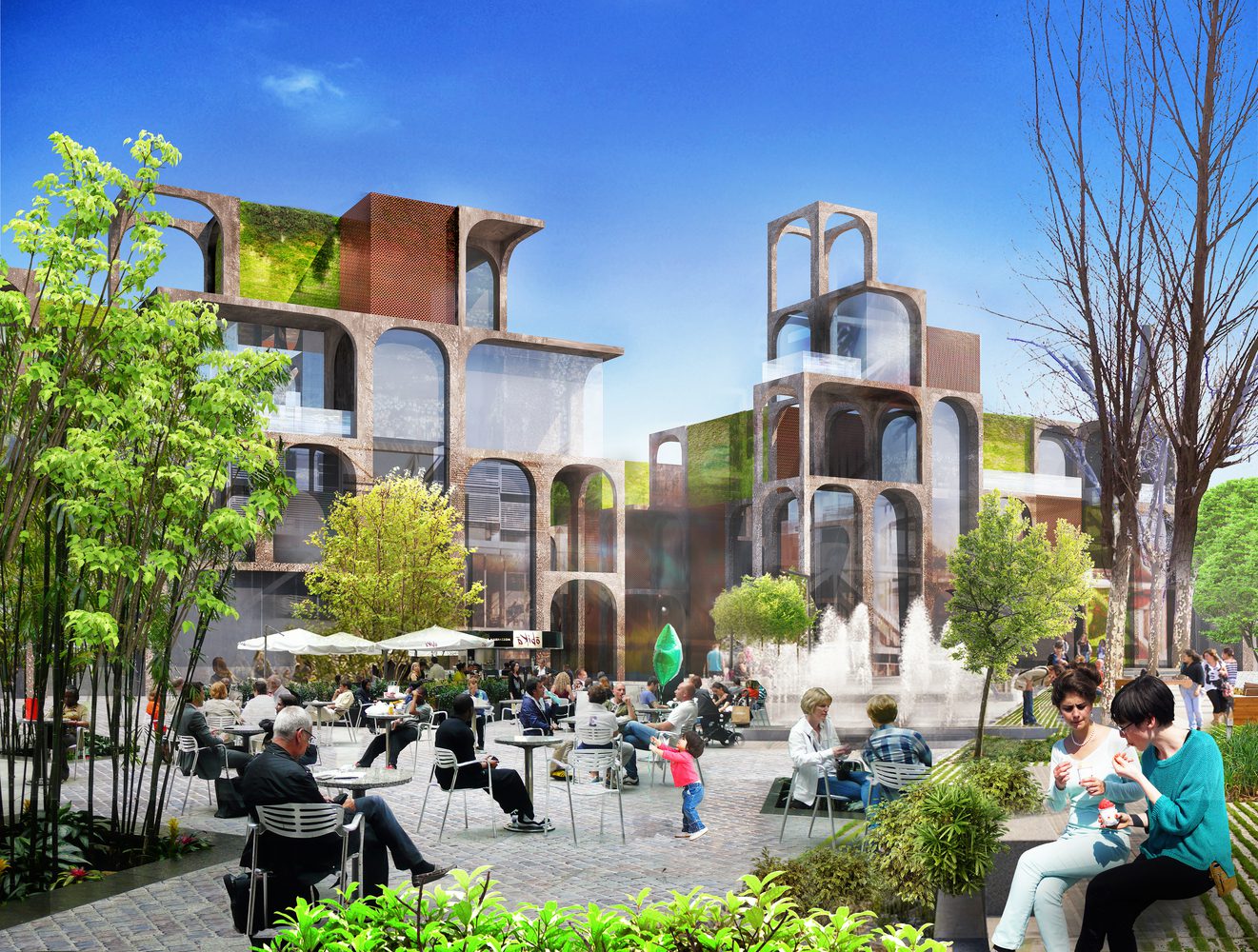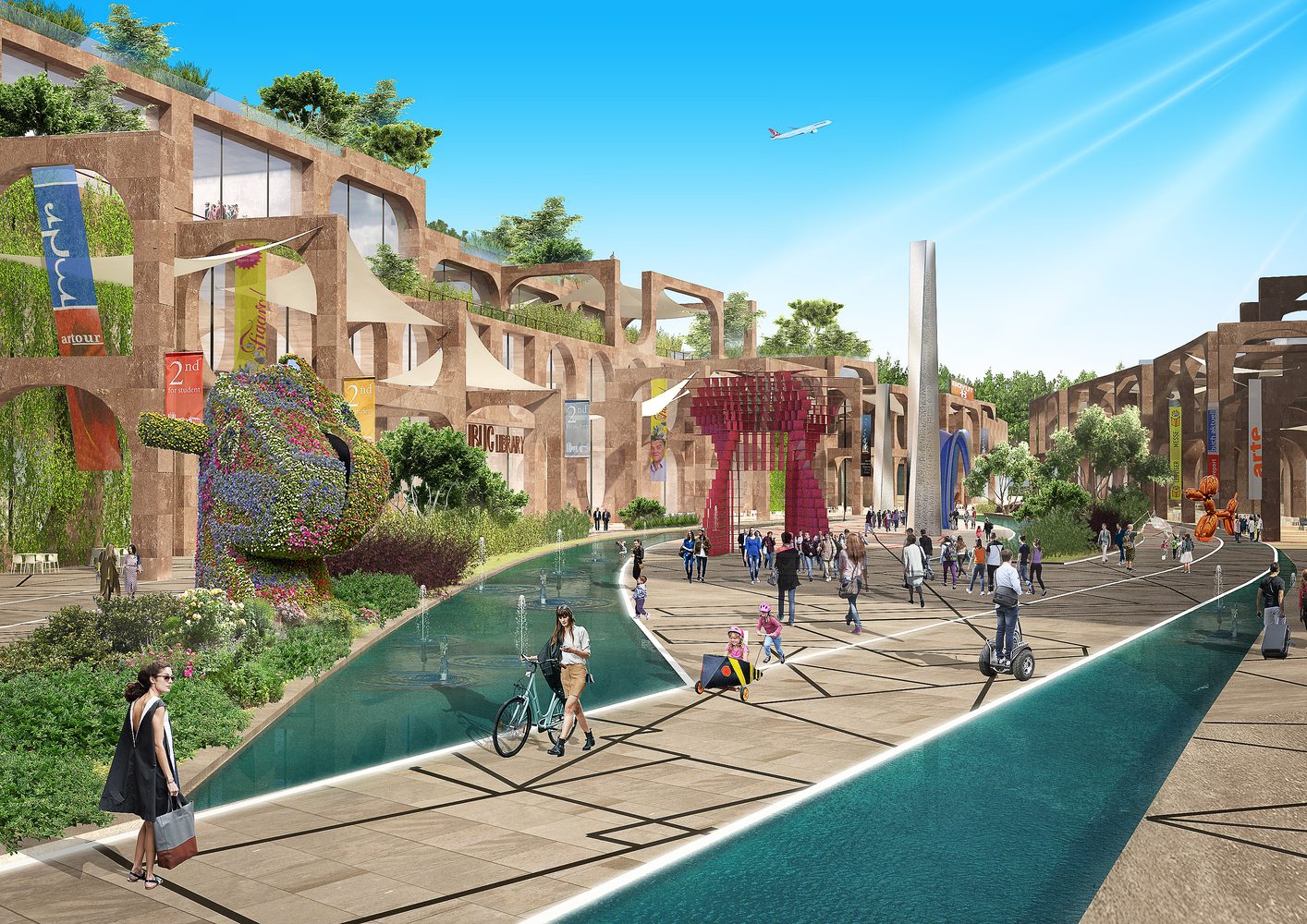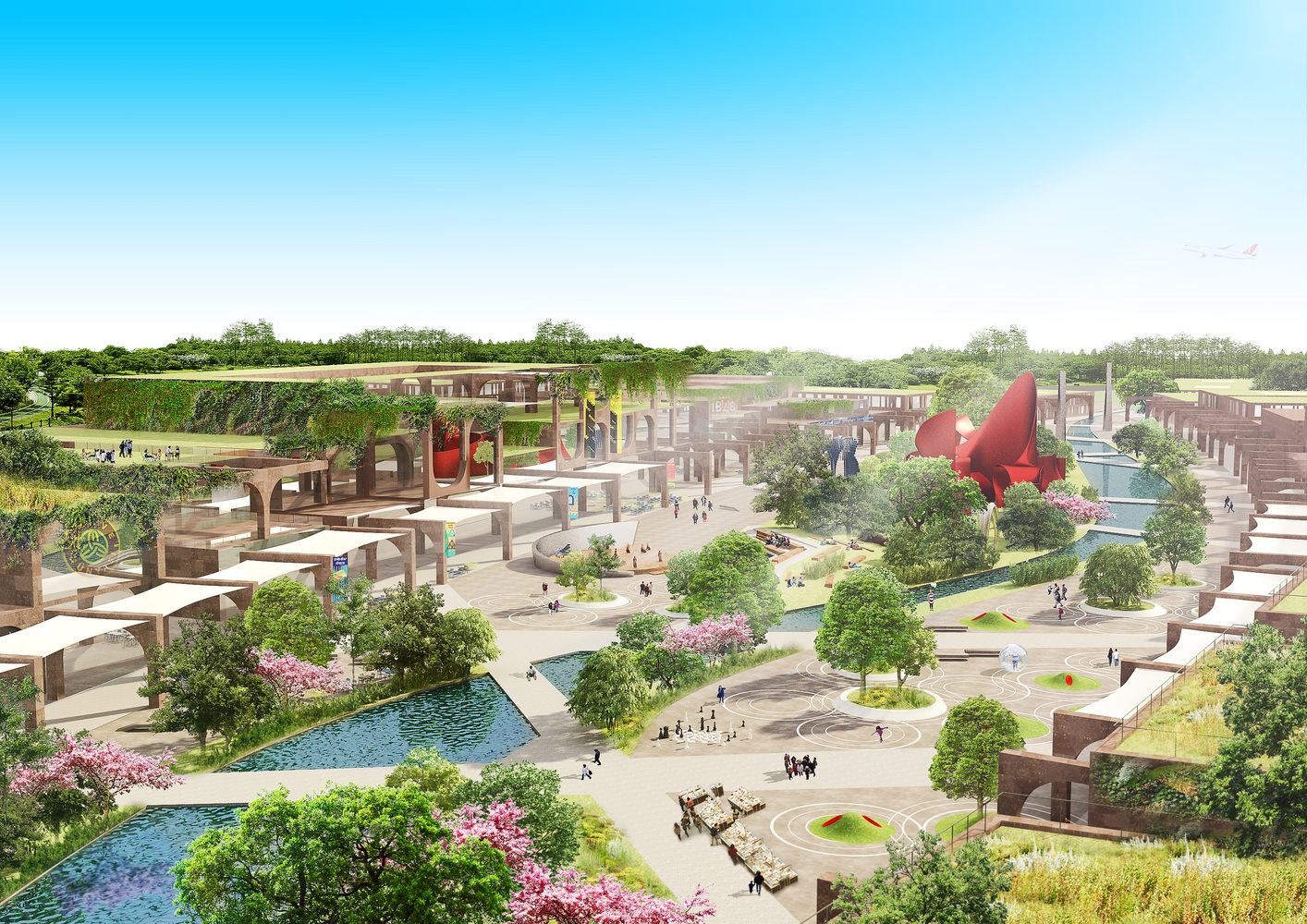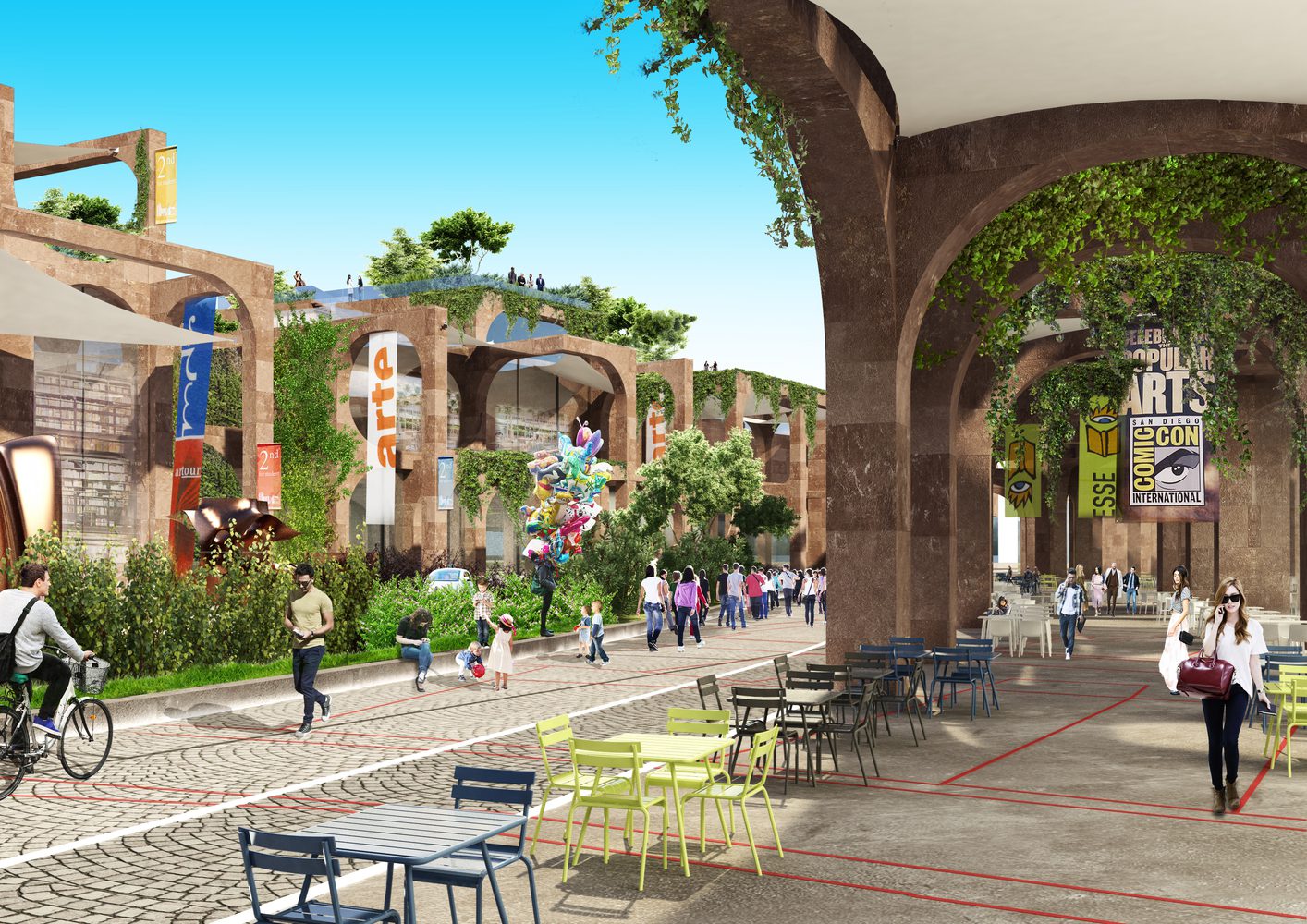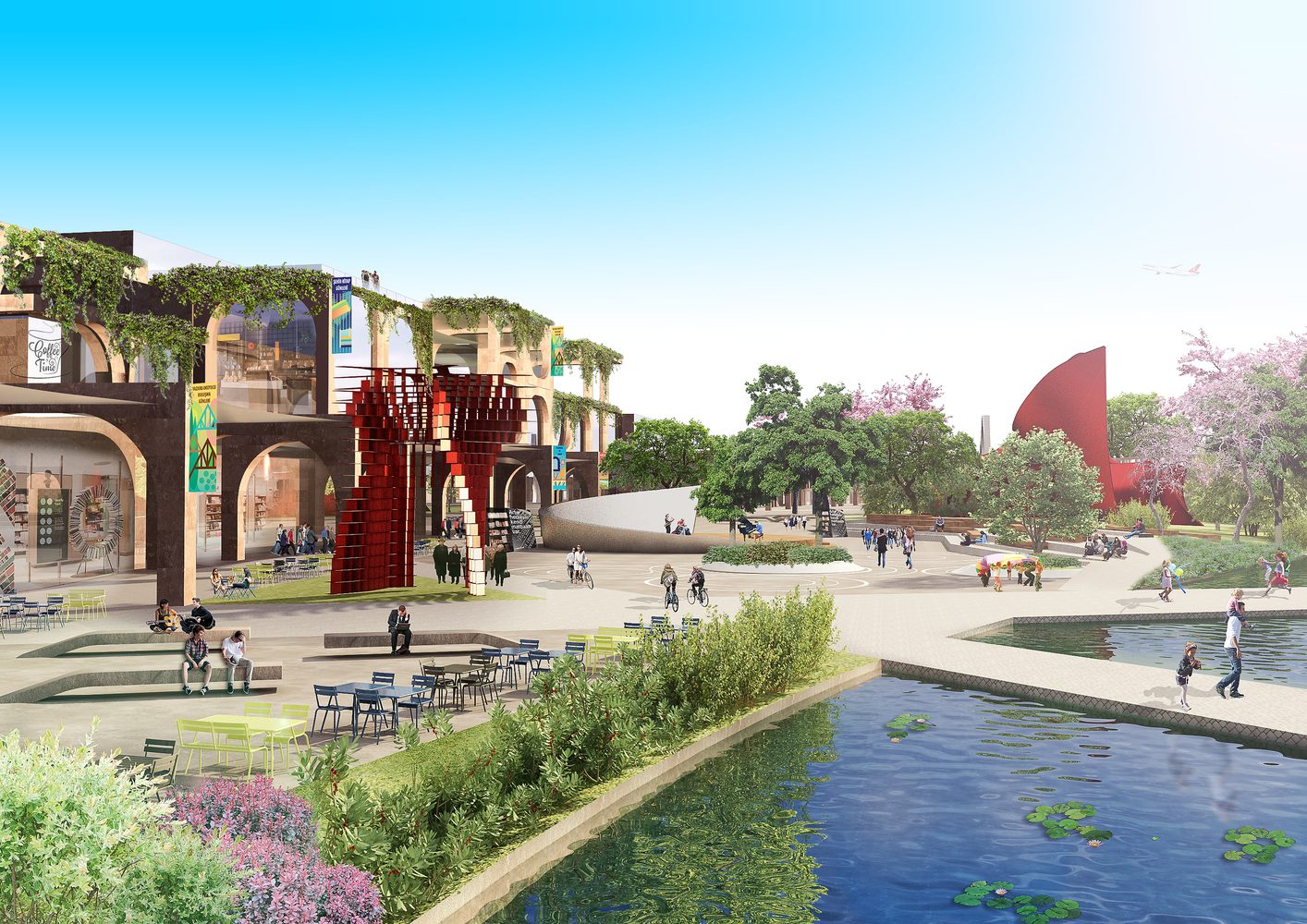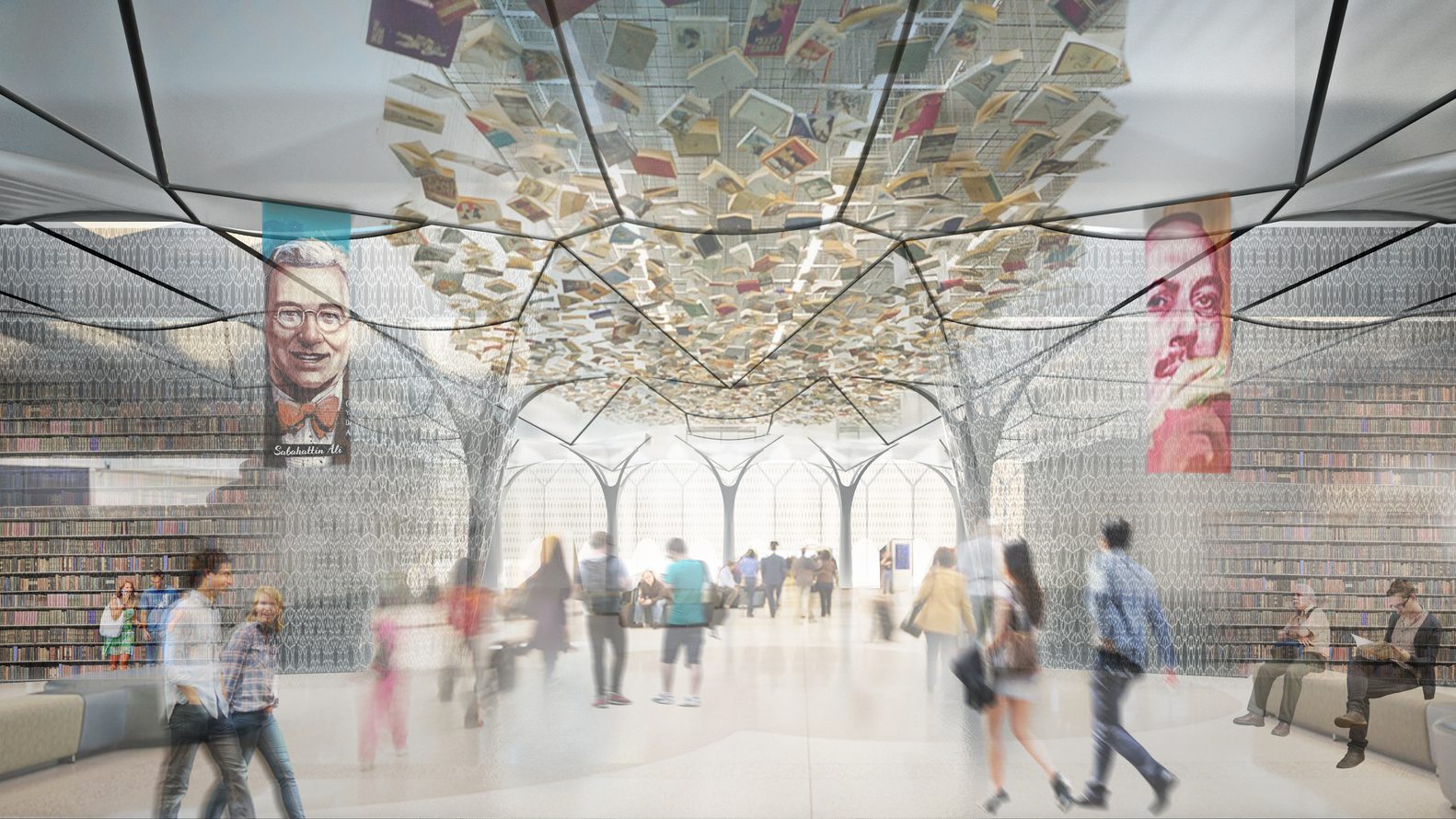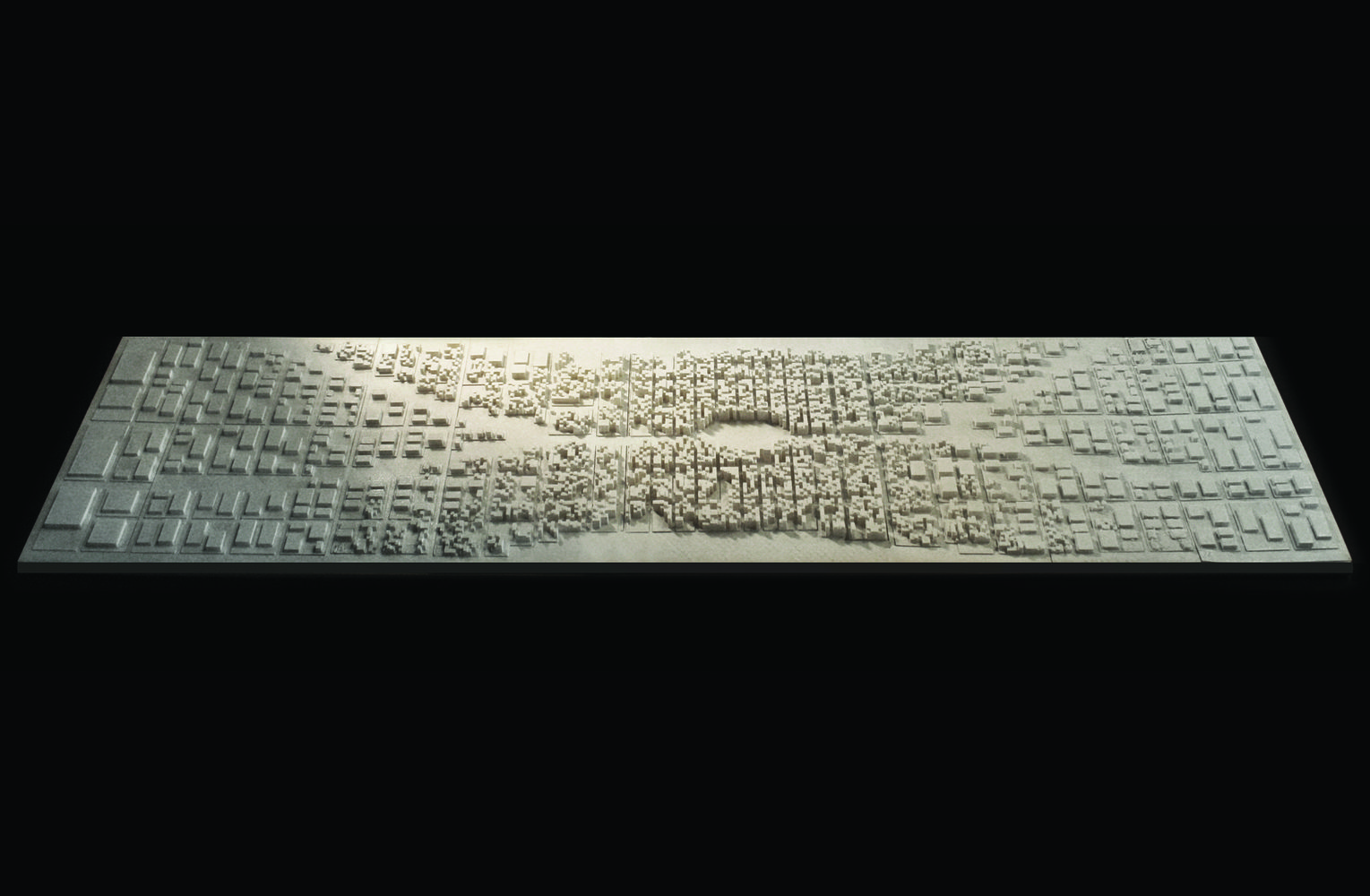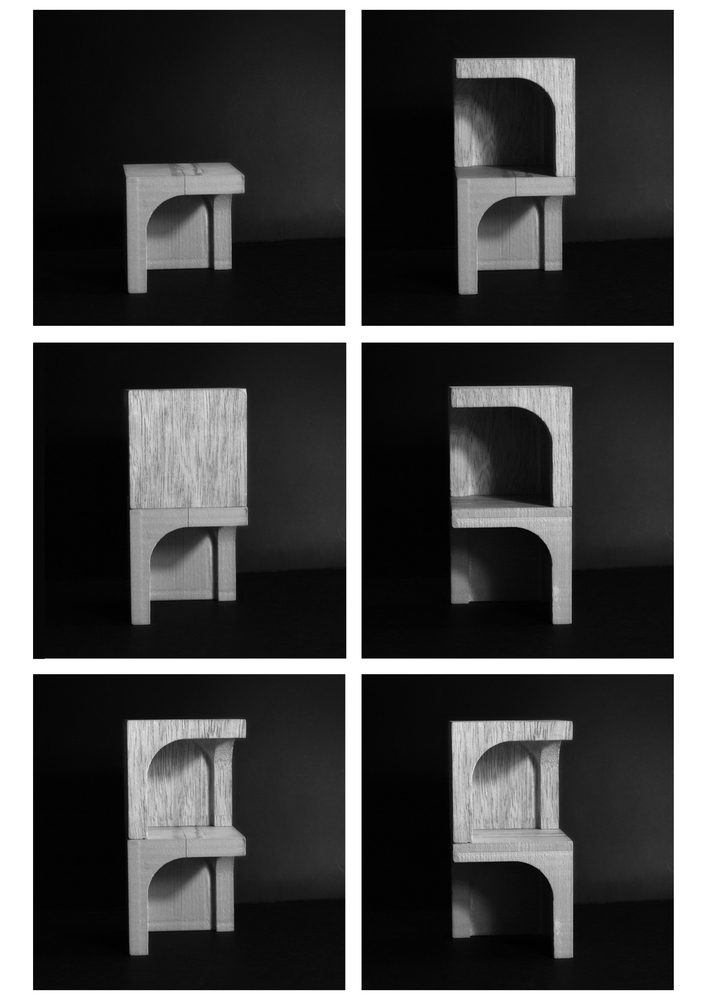GAD architecture has unveiled plans for new ‘Media City’, on the outskirts of Istanbul’s new and third airport, which is expected to be the world’s largest when completed in 2030. Media city is commissioned by Istanbul Chamber of Commerce to reflect the city’s growing image. “As Europe’s 7th largest economy (18th worldwide), Turkey is ideally situated as a manufacturing and distribution hub, and these could be managed through Media City,” stated the architects.
The small scale city will feature media technology as means of interaction between buildings and users. It will contain all sorts of facilities for business and pleasure, including retail spaces, printing offices and warehouses, live performance stages and halls, interactive museums and libraries, schools and workshops, as well as residential facilities. However, the city will not target its residents only, it will serve its visiting guests alike, by offering them a chance to experience the future of media technology.
To generate a master-plan for the new city, GAD Architecture studied the change urban design trends for “a few large historical cities with industrial roots.” They figured out that the dramatic change in the solid and void grid of these cities was initiated by the introduction of automobiles to the streets. The spacing between buildings significantly expanded to allow car circulation in these cities, but now that there are efforts to reduce car use and increase social interaction, those voids seem to be dwindling. “The relationships of volumes and voids in these urban sites had a curious resemblance to QR codes—small shapes in a tight, frantically compressed center with a few massive forms isolated along the perimeter,” said the architects. That is how the idea of developing “typologies” for streets, buildings, and different spaces in variable grid forms similar to QR codes came to be.
Like all new city projects, Media City will promote a sustainable lifestyle facilitated by the latest in green technology like solar panels and wind turbines for energy generation, as well as low-energy consumption systems for buildings. There will, also, be grey water systems for rainwater harvesting, smart waste management methods, and electric-powered vehicles. Pedestrian circulation and public transportation will replace personal vehicles.


